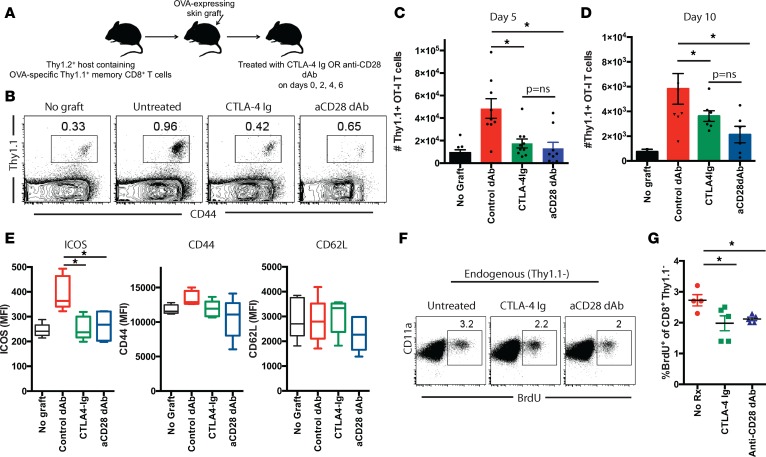Figure 2. Selective CD28 blockade more potently attenuates the accumulation of donor-reactive CD8+ T cells following transplantation as compared with CTLA-4 Ig.
(A) Thy1.1+ OT-I T cells (1 × 104)were adoptively transferred into naive B6 Thy1.2 hosts and infected with Listeria-OVA to generate recipients containing memory OT-I T cells. On day 30 after infection, mice received an OVA-expressing skin graft and were treated with 200 μg CTLA-4 Ig or 100 μg anti-CD28 dAb on days 0, 2, 4, and 6 after transplant. Animals were sacrificed on days 5 or 10 after transplant and graft-draining LN were harvested; the number of Thy1.1+ CD8+ T cells was quantified in (B) representative flow cytometry plots and (C and D) summary data of absolute number of CD8+Thy1.1+ T cells per draining node on day 5 (C) and day 10 (D). (E) MFI of ICOS, CD44, and CD62L expression on CD8+Thy1.1+ T cells isolated from LN of mice in the indicated groups. Box and whisker plots show the median value. Boxes represent the 25th and 75th percentile, and whiskers depict the minimum and maximum values. Data shown in C–E are representative of data of 3 independent experiments with a total of 10–15 mice per group. (F) Endogenous OVA-specific CD8+ T cell responses were measured on day 5 after transplant in the spleen in mice treated as above with either CTLA-4 Ig or anti-CD28 dAb (or left untreated). BrdU was administered on days 2 and 4 as described in Methods, and data shown are gated on CD8+Thy1.1– splenocytes. (G) Summary data from F depicting n = 5 mice per group. Experiment shown is representative of 2 independent experiments with a total of 9–10 mice per group. *P < 0.05 05 by 1-way ANOVA. dAb, domain antibody.

